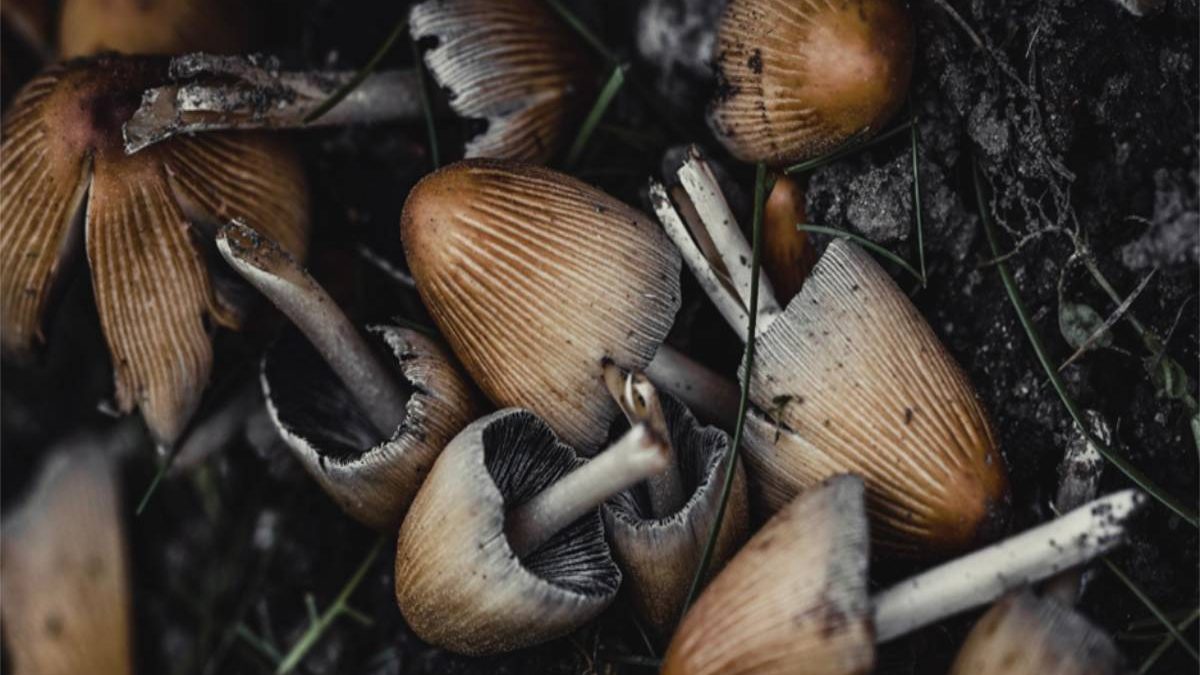Foraging for wild edibles is a rewarding and enriching way to connect with nature, enjoy delicious flavors, and reap numerous health benefits. In this article, we’ll explore 10 wild edibles commonly found in North America. We will provide tips on identification, along with the health benefits associated with these plants.
Table of Contents
1. Dandelion
Dandelions are ubiquitous across North America and can be found in lawns, meadows, and fields. These resilient plants have edible leaves, flowers, and roots. Look for the iconic yellow flower and toothed leaves growing close to the ground. Rich in vitamins A, C, and K, dandelions also offer minerals like calcium, potassium, and iron. They’re believed to support liver function, detoxification, and digestion.
2. Stinging Nettle
Despite its intimidating name, stinging nettle is a nutritious and versatile wild edible once properly handled. Look for the heart-shaped, serrated leaves, and tiny greenish flowers. Be cautious of the stinging hairs on the stems and leaves. Stinging nettle is an excellent source of vitamins A, C, and K, as well as calcium, iron, and magnesium. It has been used in traditional medicine to treat a variety of ailments, including allergies, inflammation, and joint pain.
3. Morel Mushrooms
Morels are highly prized for their unique flavor and are considered a delicacy among foragers. Look for the distinctive honeycomb-shaped cap with a hollow interior. Be cautious of false morels, which can be toxic. Morels are a good source of vitamin D, iron, and other essential minerals. They also contain antioxidants and anti-inflammatory compounds. You can learn more about the benefits of mushrooms by visiting this informational website.
4. Chickweed
Chickweed is a tender, mild-tasting herb that grows in gardens, lawns, and other disturbed areas. Look for the small, opposite leaves and tiny white flowers with five petals. Chickweed is a good source of vitamins A and C, offering antioxidants and anti-inflammatory properties. It has also been traditionally used for mild skin irritations.
5. Plantain
Commonly found in lawns and sidewalks, plantain is a humble yet nutritious wild edible. Look for the broad, oval leaves with parallel veins, often arranged in a basal rosette. Tiny flowers form on a seed-studded spike. Plantain is rich in vitamins A, C, and K, and essential minerals such as calcium, iron, and magnesium. It has anti-inflammatory, antimicrobial, and wound-healing properties, making it popular in herbal medicine for treating skin ailments and mild infections.
6. Purslane
Often disregarded as a weed, purslane is a succulent herb with a slightly tangy taste and excellent nutritional properties. Look for the thick, reddish stems and fleshy, paddle-shaped green leaves, often growing in clusters. Purslane is high in omega-3 fatty acids, vitamins A, C, and E, and essential minerals such as magnesium, potassium, and calcium. It’s known for its anti-inflammatory and antioxidant properties.
7. Wild Garlic
Wild garlic, also known as field garlic, is a delicious and pungent member of the onion family. Look for the grass-like leaves and a strong garlic scent when crushed. Small, white, or pinkish flowers form clusters at the top. Wild garlic is rich in vitamins A and C, as well as sulfur compounds with antibacterial, antiviral, and anti-inflammatory effects. It supports cardiovascular health and boosts the immune system.
8. Wood Sorrel
Often mistaken for clover, wood sorrel is a tangy and refreshing wild edible. Look for the heart-shaped leaves, grouped in threes, and small, five-petaled flowers that come in various colors. Wood sorrel is high in vitamin C, known for its immune-boosting and antioxidant properties. It’s also a natural source of oxalic acid.
9. Lamb’s Quarters
Lamb’s Quarters is a leafy green with a mild, spinach-like flavor. It grows in a variety of habitats, including gardens, fields, and disturbed areas. Look for the distinctive triangular leaves covered in a white, powdery coating. Tiny green flowers cluster at the top. Rich in vitamins A and C, iron, and calcium, Lamb’s Quarters also contains beneficial plant compounds such as quercetin and kaempferol, which have antioxidant and anti-inflammatory effects.
10. Blackberries
Wild blackberries, known for their sweet-tart flavor, can be found along roadsides, meadows, and forest edges. Look for the compound leaves with three to five leaflets and clusters of white or pink flowers. Ripe berries are deep black or purple. Blackberries are rich in vitamins C and K, fiber, and antioxidants, which can help protect against chronic diseases and support a healthy digestive system.
Conclusion
Foraging for wild edibles can be a fun and rewarding way to commune with nature, expand your palate, and enjoy a wealth of health benefits. Just remember to exercise caution when harvesting, and always positively identify a plant before consuming it. Forge your path and enjoy the bounty that nature provides!


